For more than a century, Antonini Milano has been known for its refined jewellery—handcrafted in Milan since 1919 and shaped by the city’s architecture, design culture, and artistic sensibility. But beyond its iconic pieces, there is a story as valuable: Antonini has spent nearly a decade cultivating one of Milan’s most distinctive contemporary art programmes, transforming its historic showroom into a site where artistic experimentation and heritage coexist. LARRY’S LIST introduces seven things to know about this remarkable initiative by Antonini Milano.

A 15th-century frescoed palazzo as an art venue
Antonini’s showroom is located in Palazzo Borromeo, a historic building adorned with extraordinary Gothic frescoes from the late 1300s. This unique setting creates a rare dialogue between medieval imagery, contemporary installations, and the brand’s jewellery collections.
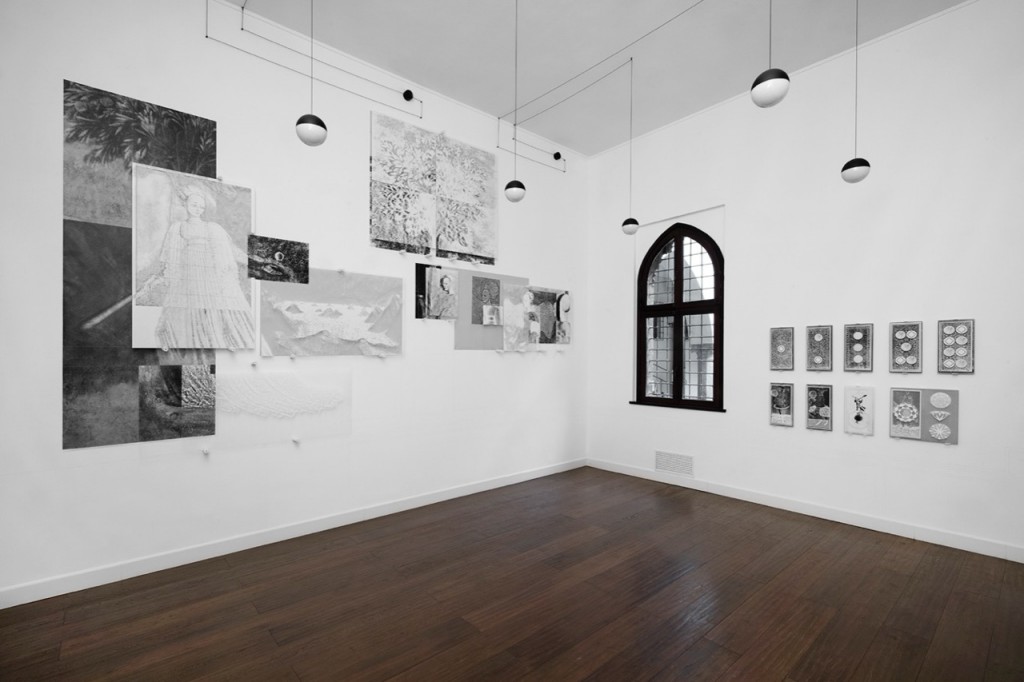
A programme born from Milan’s art ecosystem
The contemporary art initiative began in 2016 as part of “LCA Law is Art” during Miart. Since then, it has evolved into an annual programme featuring multiple exhibitions throughout the year.
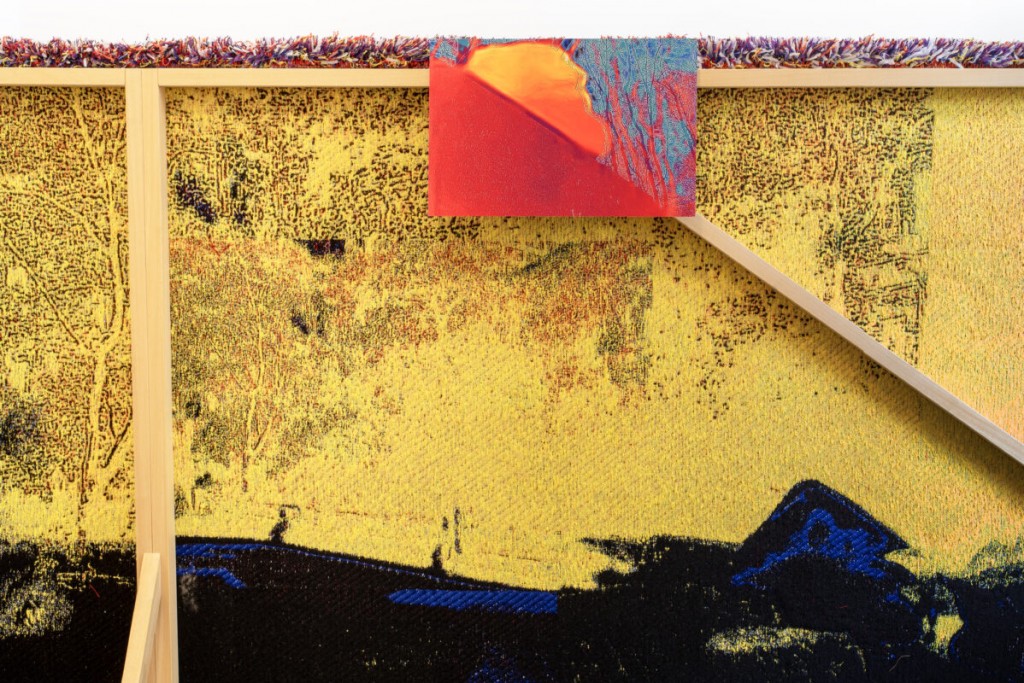
Collaborations with leading Italian and international galleries
Antonini partners with major galleries such as Galleria Continua, Galleria Fumagalli, Massimo Minini, Lia Rumma, Peres Projects, Raffaella Cortese, Vistamare, and P420. Each collaboration brings a new curatorial perspective, and often site-specific installations created in dialogue with the palazzo’s architecture.
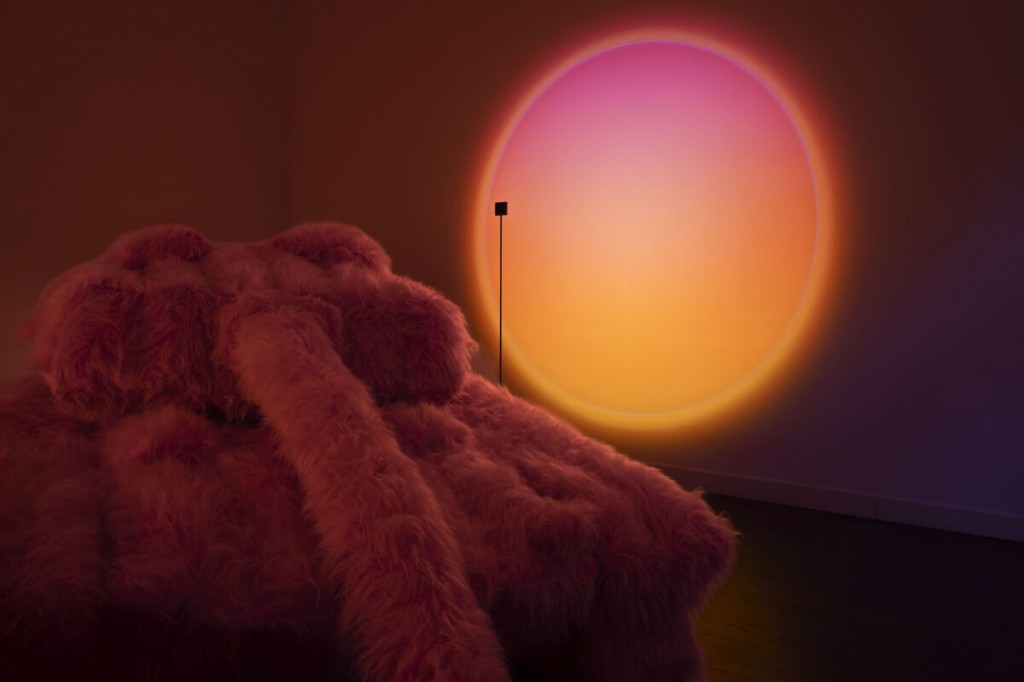
A roster of acclaimed contemporary artists
Over the years, Antonini has presented installations by Loris Cecchini, Mattia Bosco, Carla Accardi, Francesco Arena, Shafei Xia, Sabrina Mezzaqui, Pieter Vermeersch, Anne and Patrick Poirier, Stefano Arienti, Joana Escoval, Xinhan Yu, and many others. The programme reflects a commitment to both established and emerging voices.
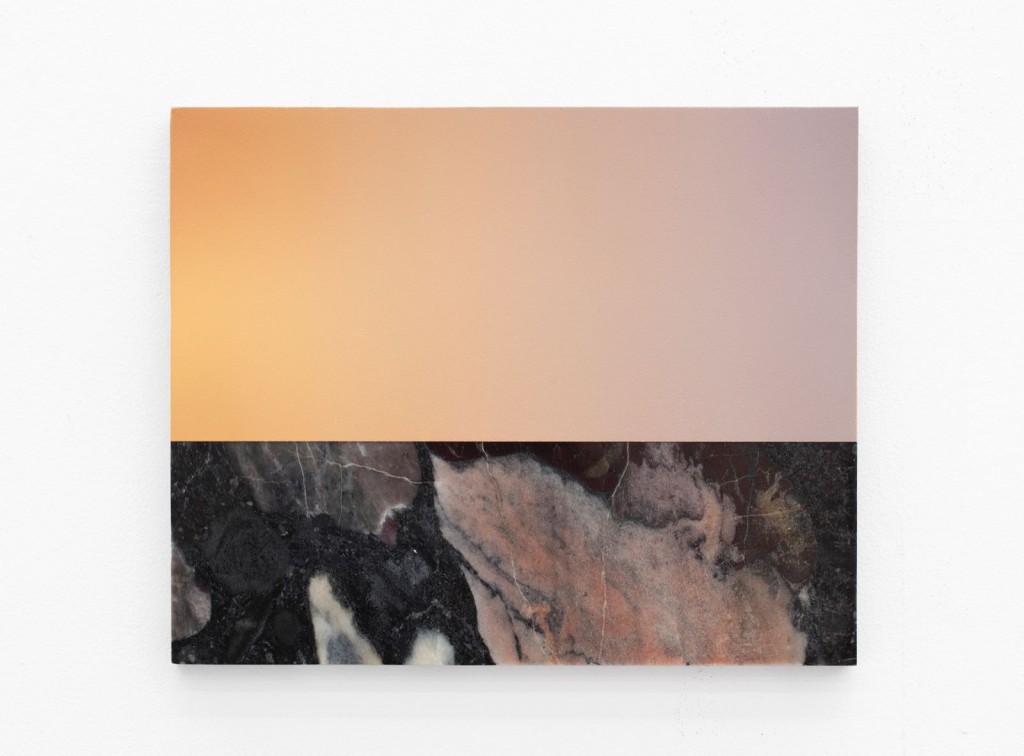
A focus on experimentation and site-specificity
Artists are invited to reinterpret the space according to their own language, often creating works that transform the frescoed rooms and accentuate the interplay between past and present. This approach has produced surprising juxtapositions that resonate with Antonini’s own blending of tradition and contemporary design.
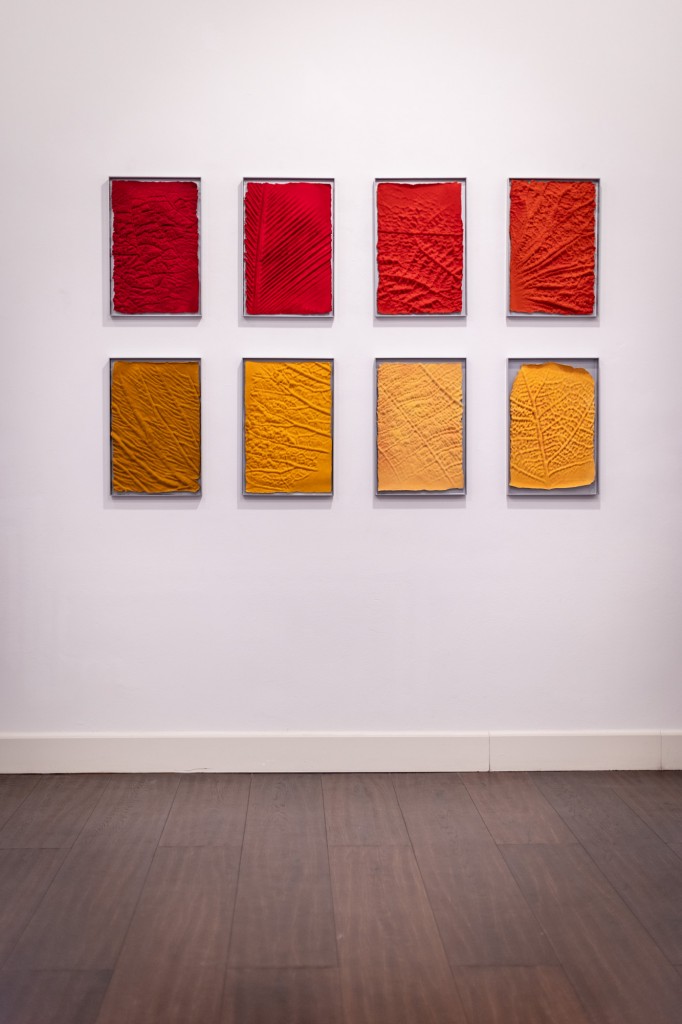
A community of collectors and art-minded clients
Creative director Sergio Antonini notes that contemporary art resonates deeply with the brand’s clientele. Exhibitions are an opportunity for visitors to discover new artists and experience unexpected dialogues between jewellery craftsmanship and contemporary artistic research.
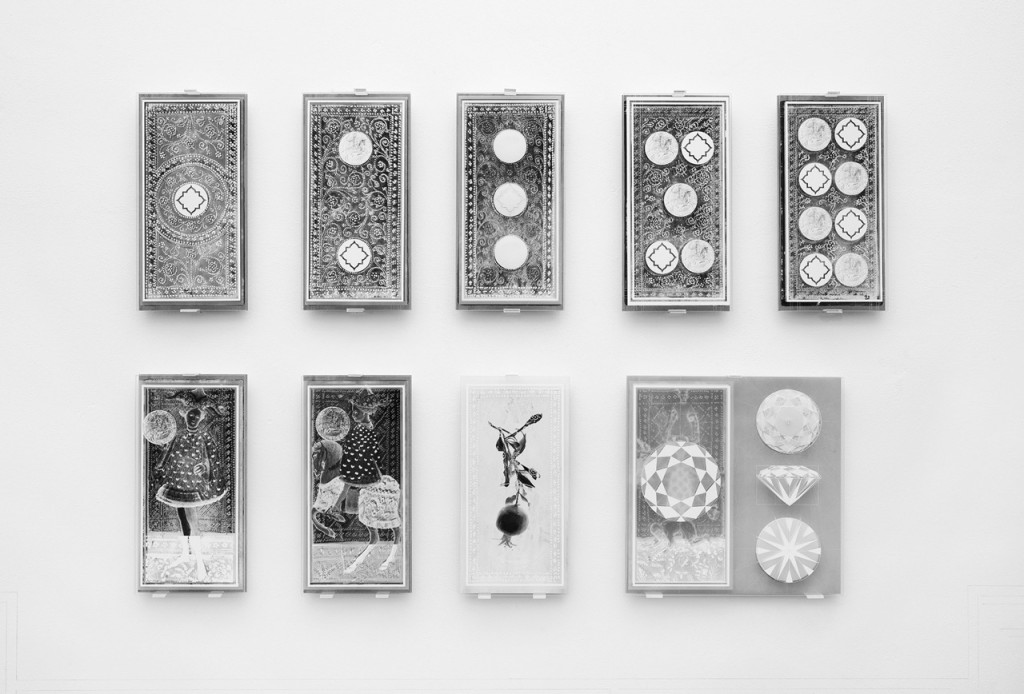
The 2025 highlight: Xavier Mary’s “Biospheric City”
The latest chapter, “Biospheric City” by Belgian artist Xavier Mary, introduces a reflection on ecosystems, architecture, and the built environment, continuing Antonini’s commitment to presenting artists who rethink our relationship with space and materiality. In collaboration and curated by Progetto Ludovico and Julia Rönnqvist Buzzetti, the exhibition underscores how the showroom functions as a laboratory where art expands beyond the jewellery display into broader cultural inquiry.

Related: Antonini Milano
Instagram: @antoninimilano





